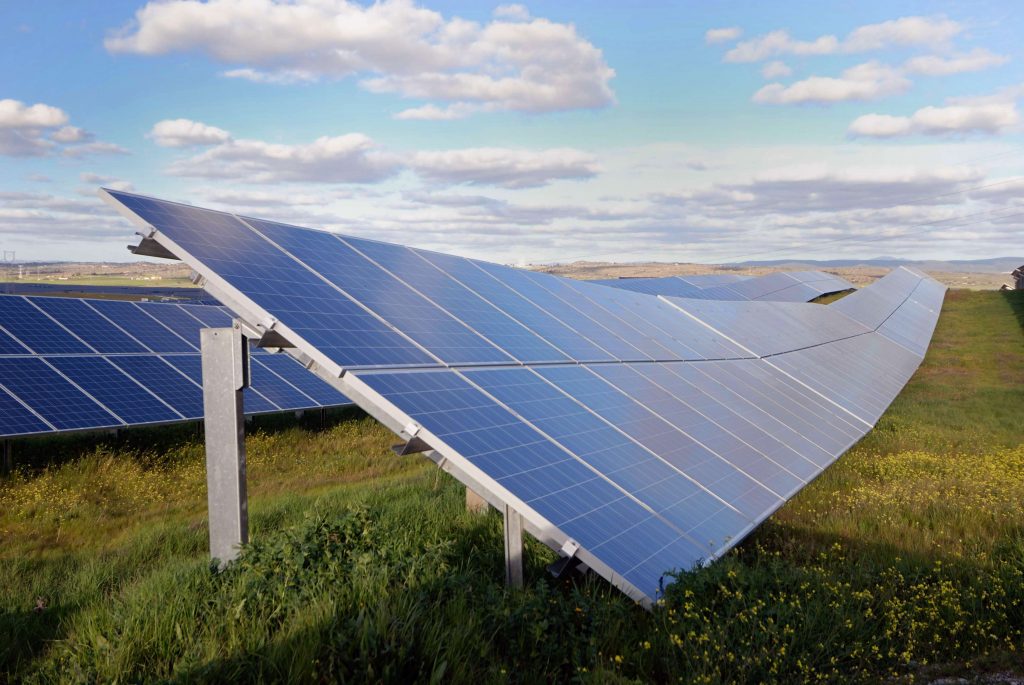UK-based infrastructure investor John Laing has continued to incur losses from its renewable energy projects across all geographies with its Australian solar farms particularly badly affected by transmission issues. Total write-downs in the first half of the year amounted to £234 million (AU$427 million), of which £173 million (AU$315 million) related to the company’s renewable energy portfolio.
In its H1 2020 results, John Laing reported the project performance losses of its APAC renewable energy portfolio amounted to £49 million (AU$89 million), £43 million (AU$78.5 million) were on its two Australian solar assets – the Finley and Sunraysia solar farms located in a troubled part of the grid in southwestern NSW. This follows the significant losses of £66 million (AU$120.5 million) in the first half of last year from marginal loss factors (MLFs).
The losses reported last year prompted the company’s decision to suspend any new investment in Australian renewable generation and led to its decision earlier this year to make no further investment in standalone solar and wind across the globe. Following a re-assessment of the risk/return profile of the renewable energy sector, the investor kicked off a sale process for its Australian portfolio of assets, which comprises: Cherry Tree Wind Farm and Kiata Wind Farm in Victoria; Granville Harbour Wind Farm in Tasmania; Finley Solar Farm and Sunraysia Solar Farm in NSW; and Hornsdale Wind Farm in South Australia.
Transmission and financial losses
In the meantime, MLFs have been only slightly adjusted for 2020-21 delivering some good news for operational utility-scale renewable energy projects. However, the reduced need for MLF adjustments came as a result of a slowdown in new project development and additional network constraints. “There have been only small changes in MLFs and in the MLF regime in this period which have led to a positive fair value movement of £3 million (AU$ 5.5 million),” John Laing says in its latest report.
In the first half of the year, transmission issues in Australia were directly responsible for £11 million (AU$ 20 million) in the company’s losses. “This primarily relates to a loss on one of our solar projects as a result of transmission-related issues. Due to the instability of the power system in south-western New South Wales, AEMO imposed a constraint on this network. This limits the flow of power on the main transmission line,” John Laing said.
The issue of stability in the south-west NSW power system has been raised by state network owner Transgrid, which is currently seeking submissions from proponents of non-network options that could improve the situation in the region where the high quality of renewable energy resources has attracted a lot of interest from investors. Transgrid has highlighted the risk posed by the commissioning of new generation in south-west NSW that is expected to result in high power flows east towards Wagga Wagga from mid-2020.
While the UK investor does not name the project behind the £11 million loss, it should refer to its only operational solar farm in the region – the 175 MW Finley project commissioned in late 2019. The Finley Solar Farm has also been one of the projects worst affected by MLFs adjustments.
John Laing’s other Australian PV project in the same region, the 255 MW Sunraysia Solar Farm is scheduled for commissioning in 2020. However, Sunraysia has been stuck in the slow lane after it had experienced technical issues and has failed to obtain registration from the Australian Energy Market Operator (AEMO) to this date.
“A remediation plan is in place at Sunraysia, which has experienced technical issues related to transformers and where delays with the AEMO registration processes have held up connections to the grid,” the investor said in the report. The delays on the project have led to an ongoing legal dispute between the main contractor Decmil and the project owners, John Laing (90.1%) and Maoneng.
In addition, the investor reported a £50 million loss (AU$91 million) due to lower power price forecasts across its renewable energy portfolio. As the Covid-19-induced fall in economic activity led to lower electricity demand, John Laing says “the medium- to longer-term outlook for power prices has also generally weakened due to falling gas and carbon prices as well as increasing renewable energy penetration.”
This content is protected by copyright and may not be reused. If you want to cooperate with us and would like to reuse some of our content, please contact: editors@pv-magazine.com.









1 comment
By submitting this form you agree to pv magazine using your data for the purposes of publishing your comment.
Your personal data will only be disclosed or otherwise transmitted to third parties for the purposes of spam filtering or if this is necessary for technical maintenance of the website. Any other transfer to third parties will not take place unless this is justified on the basis of applicable data protection regulations or if pv magazine is legally obliged to do so.
You may revoke this consent at any time with effect for the future, in which case your personal data will be deleted immediately. Otherwise, your data will be deleted if pv magazine has processed your request or the purpose of data storage is fulfilled.
Further information on data privacy can be found in our Data Protection Policy.